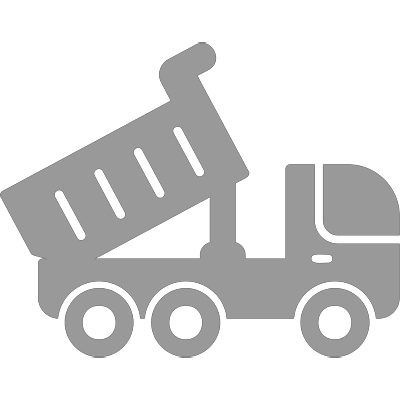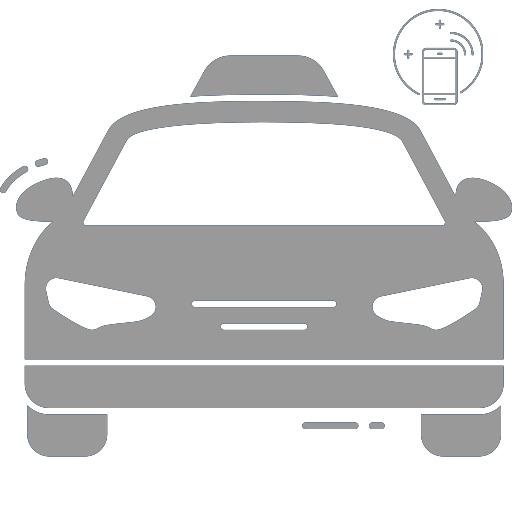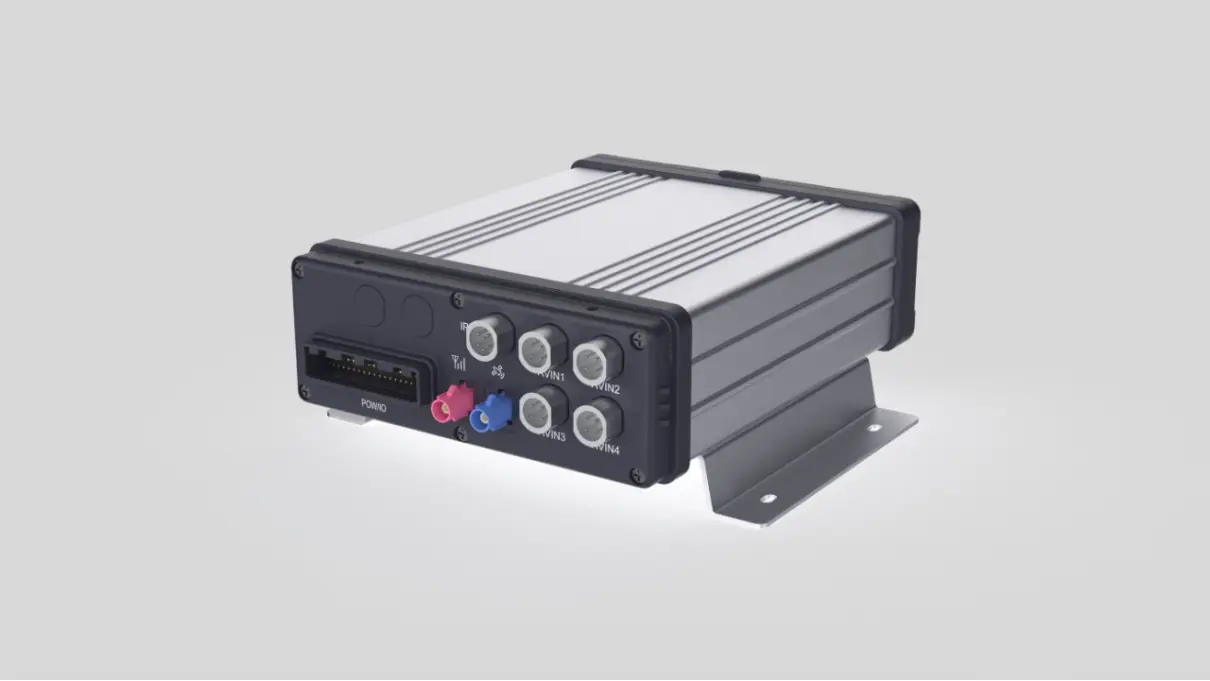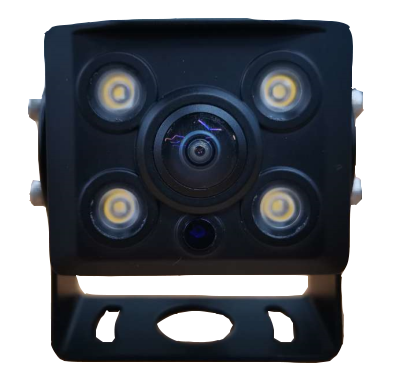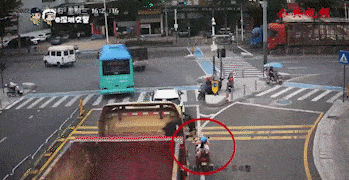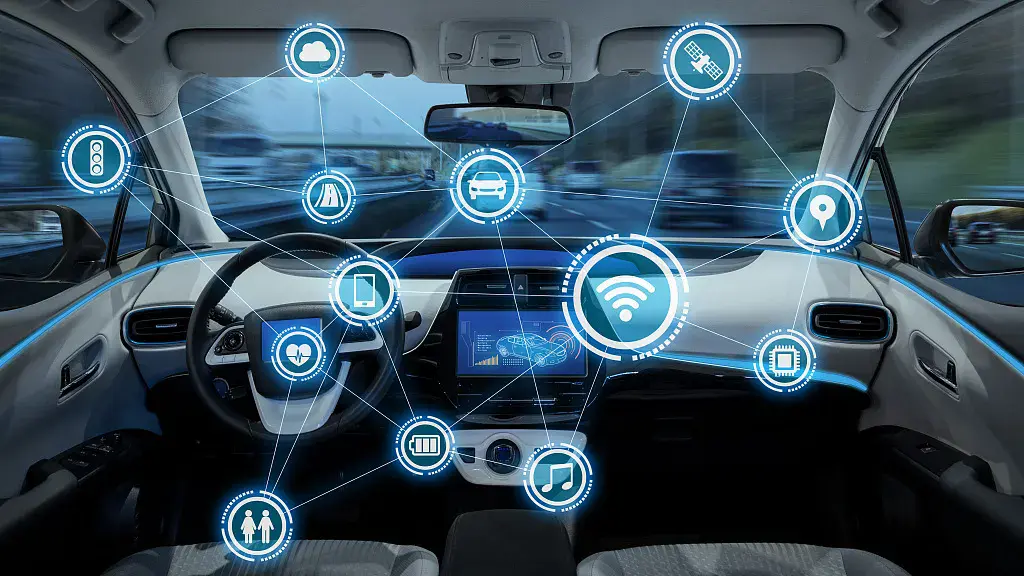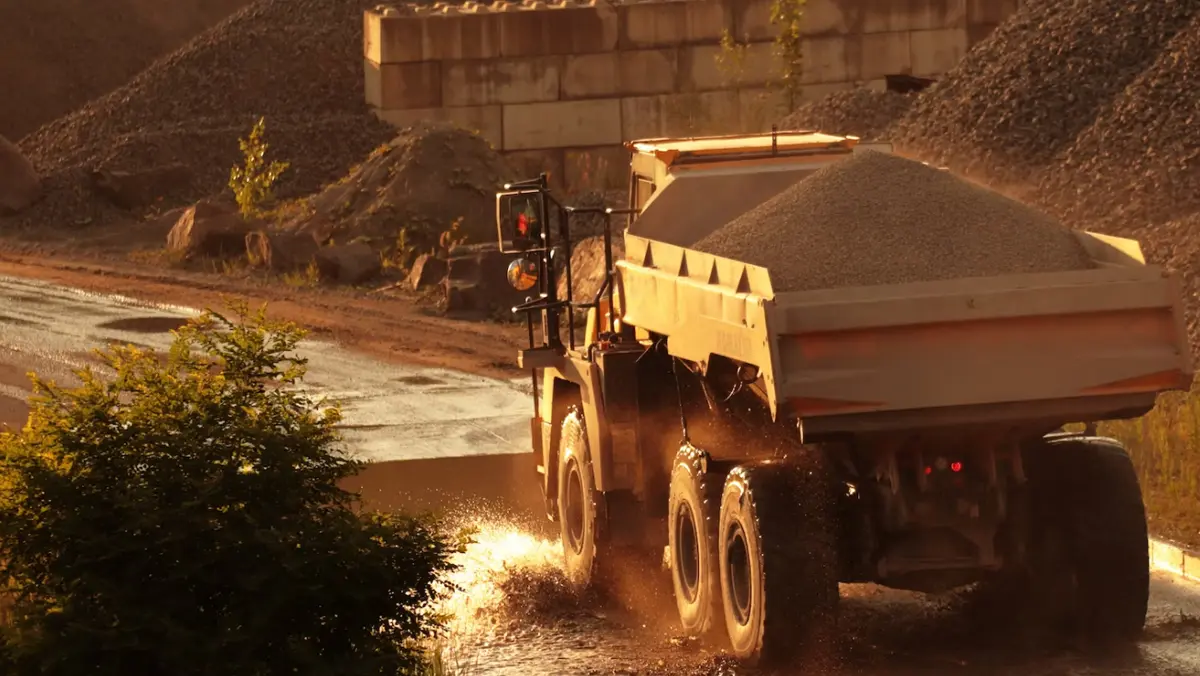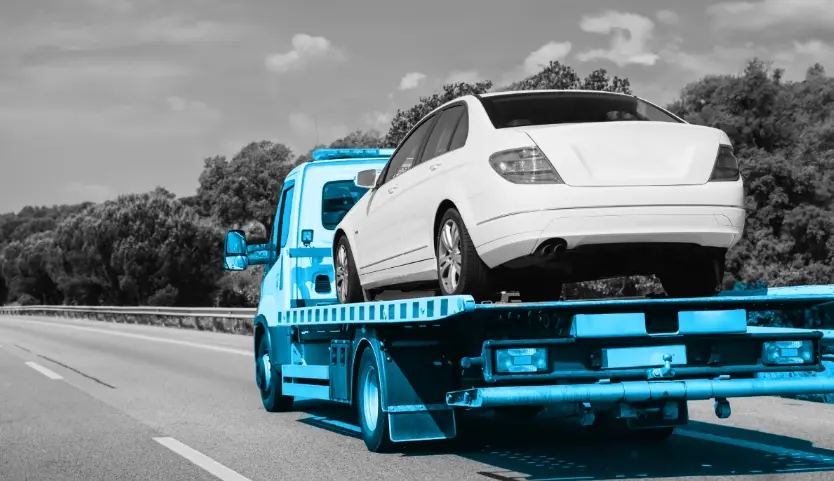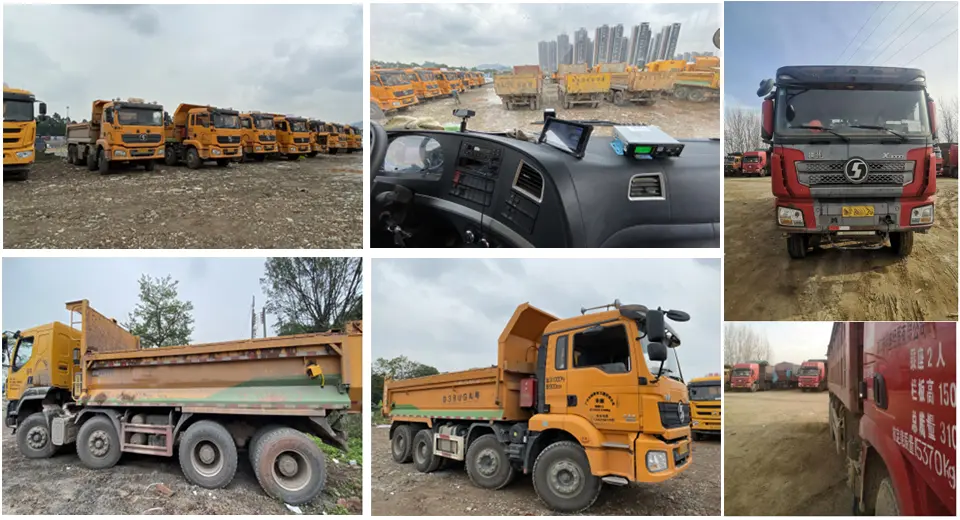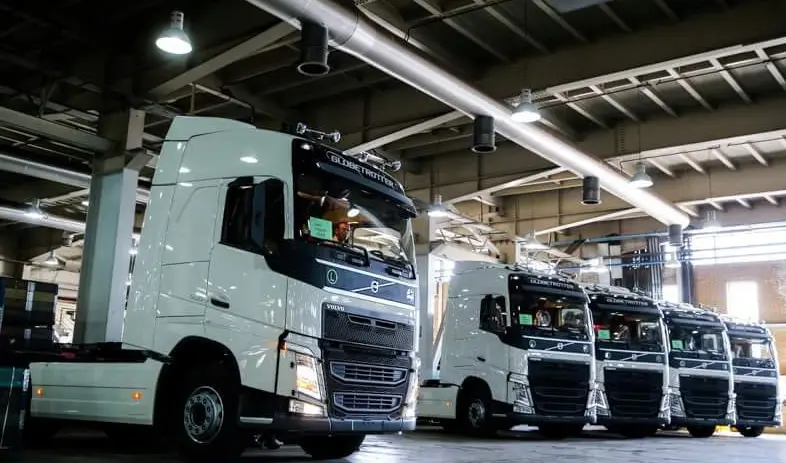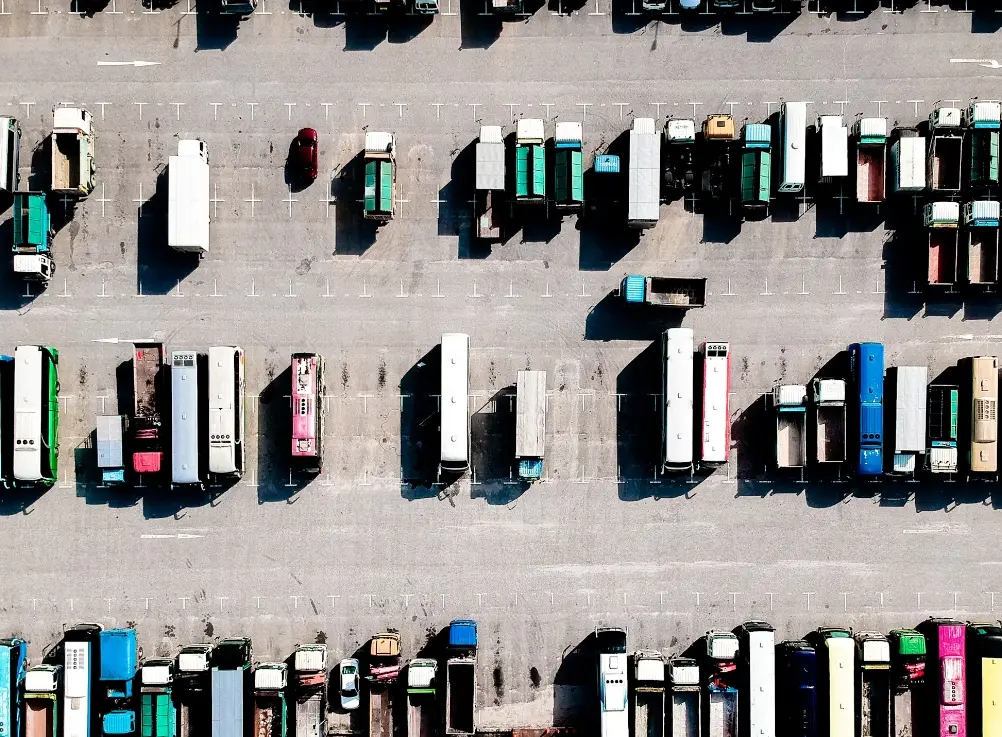Why Are Truck Cameras So Important?
Why Are Truck Cameras So Important
Truck cameras play an irreplaceable role in ensuring the operational safety, compliance, and efficiency of commercial vehicle fleets. Below are the key benefits they bring in various aspects:
I. Safety
1. Enhancing Overall Road Safety
Although heavy trucks account for only 12.2%of highway traffic volume, they are involved in 41% of fatal accidents(source: Improving Traffic Mobilityreport).
According to Euro NCAP, despite heavy trucks making up less than 3%of Europe’s traffic volume, they cause 15% of road fatalities.
Truck cameras significantly improve safety by providing clear visibility, reducing blind spots, and assisting driver operations.

2. Reducing Blind Spots
Trucks are large and have limited visibility. Camera systems effectively cover the four main blind spots, providing drivers with a comprehensive field of view.
> “Trucks have four restricted visibility zones that are generally larger and more complex than those of standard vehicles.” — National Highway Authority
3. Improving Maneuverability
During high-risk maneuvers like reversing, turning, starting, and overtaking, cameras provide additional visual support to help drivers avoid accidents.
For example:
> “Nearly one-quarter of workplace traffic fatalities occur during reversing.” — UK Health and Safety Executive (HSE)
4. Improving Driver Behavior
Camera systems help record driving habits and identify risky behaviors. Research shows that cabs equipped with cameras significantly improve driver safety behavior.
> “After installing cameras, drivers demonstrate safer driving habits.” — Mirage News, University of Nottingham study
5. Collision Avoidance Warning Systems
Using cameras and radar sensors, if the driver fails to respond in time, the system activates Automatic Emergency Braking (AEB)to prevent collisions.
II. Compliance and Evidence Protection
1. Preventing Fraud and Staged Accidents
Cameras provide clear video evidence to identify “crash-for-cash” scams and deliberate accident attempts, protecting drivers’ rights.
2. Liability Clarification and Accident Exoneration
Cameras record the entire accident process, helping fleet managers quickly clarify responsibility in disputes and reduce insurance claim conflicts.
3. Meeting Regulatory Requirements
1. Direct Vision Standard (DVS): Requires installation of front, side, and rear cameras and sensor systems.
2. FORS Certification: Bronze, Silver, and Gold levels all require vehicles to be equipped with cameras and vision aids.
III. Driver Well-being and Psychological Safety
Truck cameras reduce drivers’ anxiety about being wrongfully blamed. In accidents, disputes, or complaints, video evidence provides strong support, helping safeguard drivers’ mental health.
IV. Environmental and Economic Benefits
1. Reducing Fuel Consumption and Carbon Emissions
1. Improved Aerodynamics: Cameras replacing side mirrors reduce wind resistance and improve fuel efficiency.
2. Promoting Good Driving Habits: Camera monitoring helps reduce harsh braking, speeding, and other fuel-intensive behaviors.
2. Theft and Stowaway Monitoring
1. Cargo Protection: Prevents theft and unauthorized access.
2. Stowaway Detection: Records attempts of illegal persons climbing onto vehicles, avoiding fines and safety risks.
V. Lower Insurance Costs
Although some insurers may not immediately reduce premiums, continuous use of camera systems helps:
1. Improve accident handling efficiency;
2. Reduce accident rates;
3. Strengthen risk management awareness.
These factors will lower insurance costs in the long run and enhance fleet reputation.
Common Types of Truck Cameras
1. Front Camera / Dashcam: Provides front view and records collision events.
2. Cabin Camera: Monitors driver behavior, detects distraction or fatigue.
3. Moving Off Information System (MOIS): Warns of pedestrians and cyclists in front blind spots.
4. Blind Spot Cameras: Cover near-side areas to assist in turning.
5. Cargo Area Cameras: Monitor cargo status and prevent theft.
6. Rear-View Cameras: Improve rear visibility and prevent collisions.
7. 360° Panoramic Camera Systems: Bird’s-eye view enhances safety in urban driving.
8. Closed-Circuit Television (CCTV): Multi-angle coverage with remote video access.
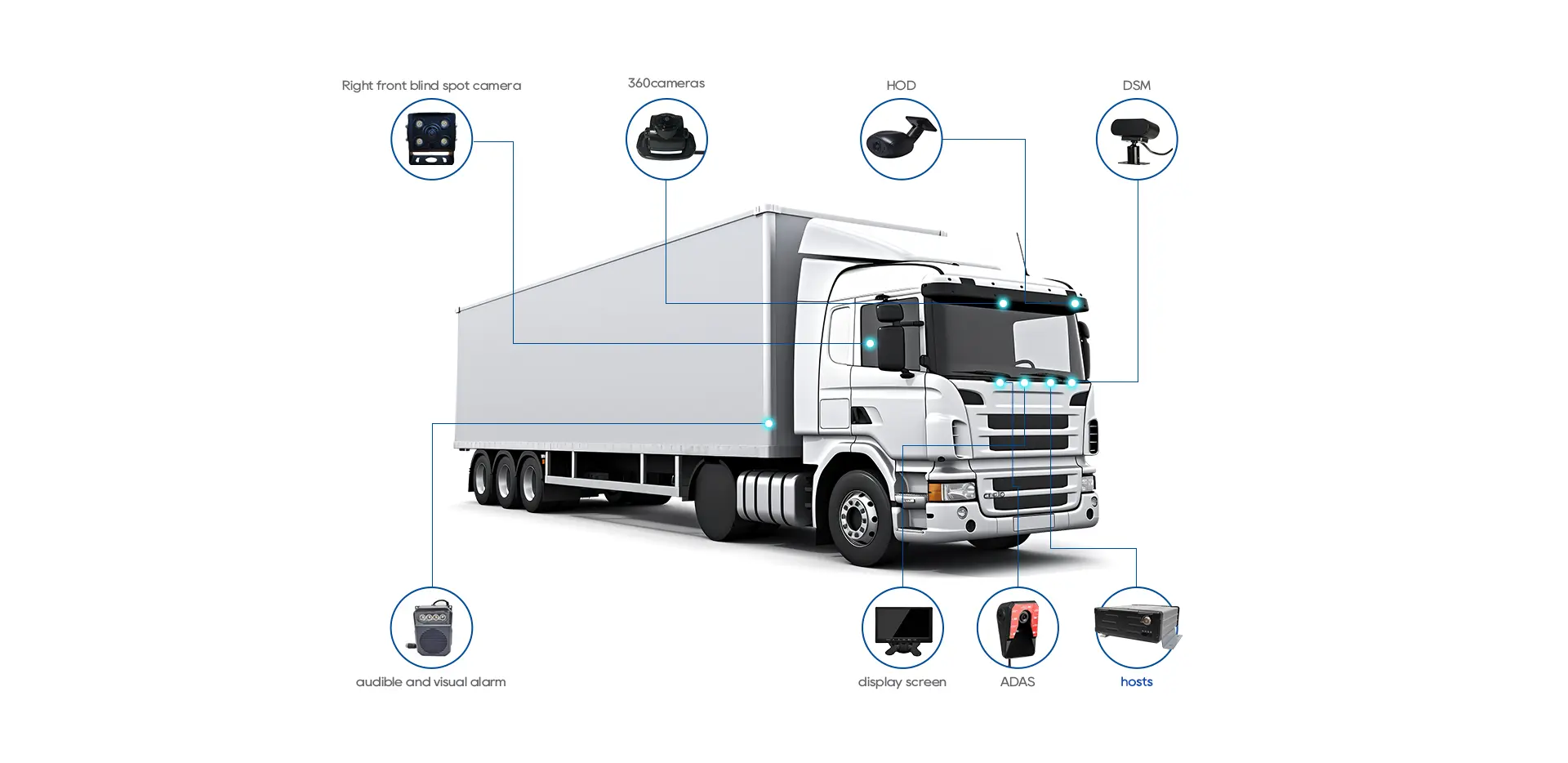
Importance of Professional Installation and Specialization
Camera installation involves electrical connections, system integration, and calibration, and is recommended to be performed by professional teams:
1. Health and Safety Requirements: Set isolation zones, use PPE, and avoid errors during installation.
2. Positioning and Angle Calibration: Ensure optimal camera field of view and full functionality.
3. Wiring and Integration: Coordinate with DVRs, sensors, displays, and perform system testing.
4. Preventing Damage and System Loosening: Use sturdy bolts and professional conduit to avoid vibration loosening.
5. Driver Training: Ensure drivers understand device functions and proper usage.
Key Technical Parameters Reference
1. DVR/MDVR: Support multi-channel video recording and storage.
2. Connectivity: Multiple transmission options including USB, 4G, remote access.
3. Resolution: From 480p to 4K, selected according to camera type.
Looking Ahead: AI and Smart Technology
Next-generation truck cameras are rapidly integrating Artificial Intelligence (AI)capabilities:
1. Vulnerable road user detection;
2. Collision warning;
3. Reduced false alarms (distinguishing moving vs. static objects);
4. Smarter driver behavior analysis.
Truck camera systems are not just for compliance or recording—they are a core component in enhancing the overall safety, reliability, and efficiency of fleet operations. Whether for new vehicles or retrofits, choosing quality systems and professional teams will bring long-term returns and peace of mind.















